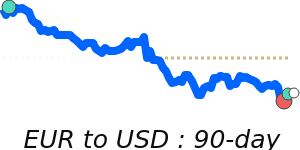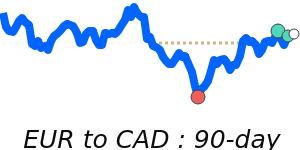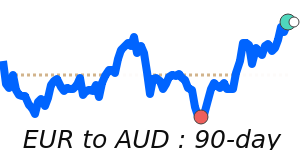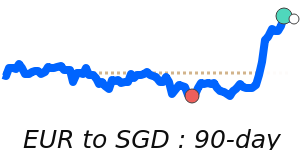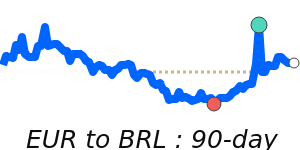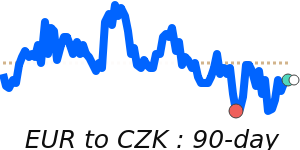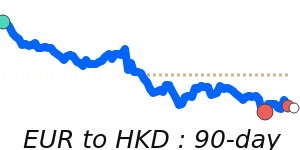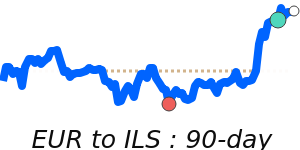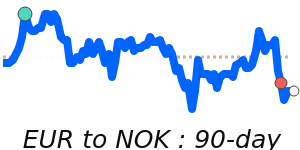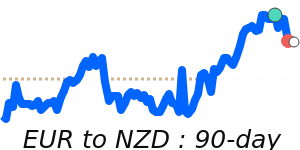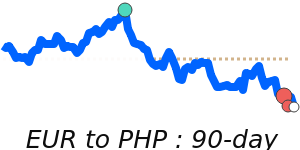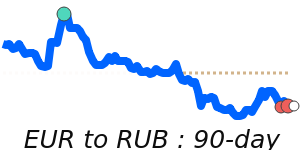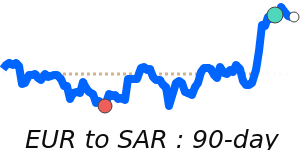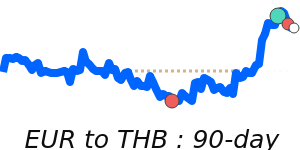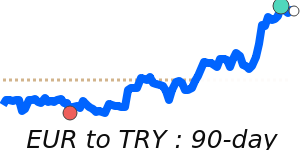The euro (EUR) has recently faced downward pressure amid weak consumer confidence and ongoing tensions between the EU and China. The Eurozone’s consumer confidence index remained stagnant at -14.2 in November, slightly disappointing analysts who had anticipated an improvement. This lack of consumer optimism, combined with geopolitical uncertainties, continues to weigh on the euro's performance.
The European Central Bank (ECB) has shifted towards a more dovish monetary stance, with expectations of interest rate cuts from the current 4.0% to 3.5% by late 2025. This potential decline in rates could narrow the interest rate differential with the U.S. Federal Reserve, further impacting the euro's strength against the dollar. Meanwhile, positive developments like Bulgaria's approval to join the eurozone in January 2026 may enhance the euro's circulation and influence its value positively.
Recent exchange rates highlight the euro’s relative stability against key currencies. The EUR/USD currently trades at 1.1532, which is 1.1% below its three-month average of 1.1656. In contrast, the EUR/GBP stands at 0.8816, reflecting a slight increase of 1.1% above its three-month average of 0.8722. The EUR/JPY shows a stronger performance, currently at 181.5, which is 3.4% above its three-month average of 175.5. These currency pair movements reflect a stable trading environment, with the euro responding moderately to macroeconomic factors.
Oil prices, which influence inflation and economic conditions, are also notable. Currently, crude oil trades at 63.19, approximately 3.5% below its three-month average of 65.51, indicating a trend of volatility that could further impact the Eurozone's economic landscape, particularly in light of the region’s ongoing energy crisis.
Looking ahead, the euro's trajectory will hinge on multiple factors, including upcoming PMIs that could signal resilience in the Eurozone's private sector, ECB monetary policy adjustments, and the broader geopolitical environment. Investors and businesses engaged in international transactions should closely monitor these developments to navigate potential currency fluctuations effectively.
